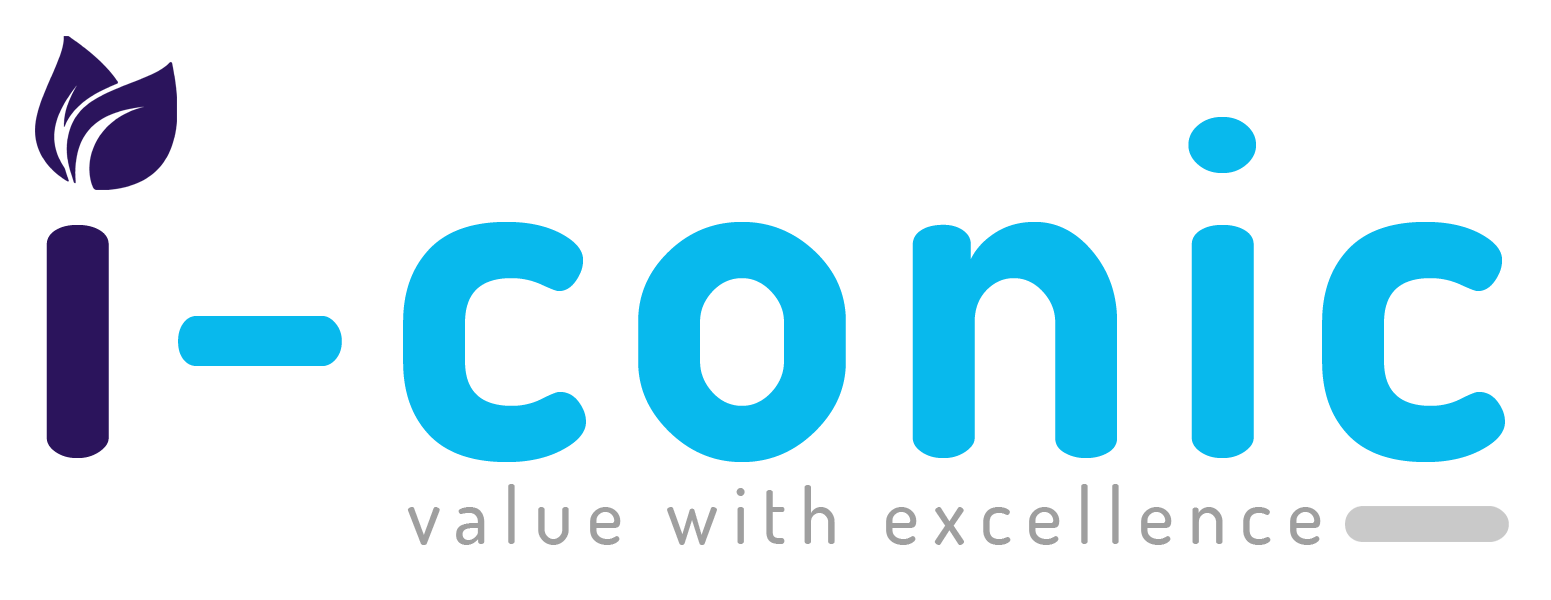Understanding Accounts Receivable in Medical Billing
Accounts receivable (A/R) in medical billing refers to the amounts due from patients and insurance providers for medical services rendered. This financial metric is crucial for the health of a medical practice, representing expected revenue and impacting the practice’s cash flow. Effective A/R management ensures timely collections, reduces bad debt, and maintains the financial stability necessary for ongoing operations and growth.
Key Components of Accounts Receivable Management
Accurate Coding and Billing
The foundation of efficient A/R management lies in accurate coding and billing. Properly coded procedures ensure that claims submitted to insurance providers are processed without delays or denials. This requires constant updates and training on the latest billing codes and regulations.
Timely Claim Submission
Submitting claims promptly is critical to reducing the A/R days metric, which measures the average time it takes to collect payments. Delayed submissions can lead to extended payment cycles and cash flow constraints.
Automated Follow-Ups
Automated follow-up systems send reminders for overdue payments and follow-up emails for pending claims. This automation frees up internal staff to focus on core responsibilities like patient care and reduces the chances of missed collections.
Effective Communication
Clear and structured communication with patients and insurance providers helps expedite the payment process. Automated reminders and tailored messages can significantly reduce the time taken to collect outstanding balances.
Challenges in Accounts Receivable Management
Aging Accounts
A significant challenge in A/R management is dealing with aging accounts. The longer an account remains unpaid, the lower the likelihood of collection. This is often measured by the percentage of A/R over 90 days old, which should be kept as low as possible.
Denied Claims
Denied claims are another major hurdle. Each denial requires a thorough investigation to determine the cause, followed by a targeted re-submission strategy. The time and effort involved in managing denied claims can strain resources.
Legal and Regulatory Compliance
Navigating the complex legal and regulatory landscape of medical billing can be daunting. Practices must stay compliant with both federal and state laws to avoid penalties and ensure smooth operations.
Also Read : https://i-conicsolutions.com/a-r-follow-up-critical-in-medical-billing/
Strategies for Effective Accounts Receivable Management
Prioritizing High-Value Accounts
Focusing on high-value accounts can maximize revenue recovery. By prioritizing collections from these accounts, practices can ensure that significant amounts are collected in a timely manner.
Implementing Robust Denial Management
A systematic approach to denial management, including root cause analysis and timely appeals, can significantly reduce the number of denied claims. Regular training on the latest billing codes and regulations can also help minimize future denials.
Utilizing Advanced Technology
Investing in advanced medical billing software can streamline A/R management. These systems provide real-time data on aging balances, automate follow-ups, and facilitate accurate billing and coding.
Legal Avenues for Collections
When all else fails, understanding the legal avenues for collecting debt is essential. Consulting with experts on the legal aspects of collections ensures that practices stay within legal boundaries while maintaining financial stability.
Conclusion
Accounts receivable management in medical billing is a critical aspect of maintaining the financial health of a medical practice. By understanding the key components, addressing challenges proactively, and implementing effective strategies, practices can optimize their revenue cycle and ensure long-term success. In 2024, staying ahead in A/R management will be more important than ever.
At I-conic Solutions, we provide cutting-edge tools and expertise to help healthcare providers manage their accounts receivable effectively, ensuring a healthier bottom line and freeing you to focus on what matters most—patient care.






